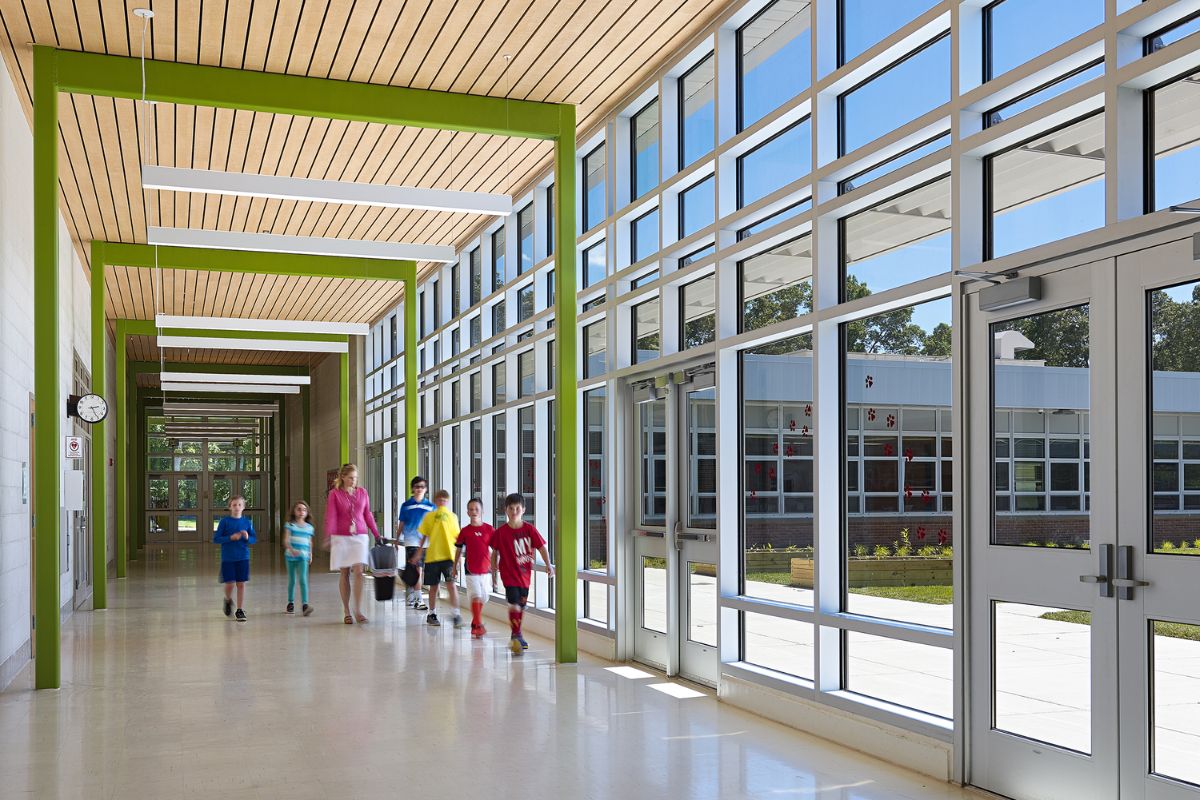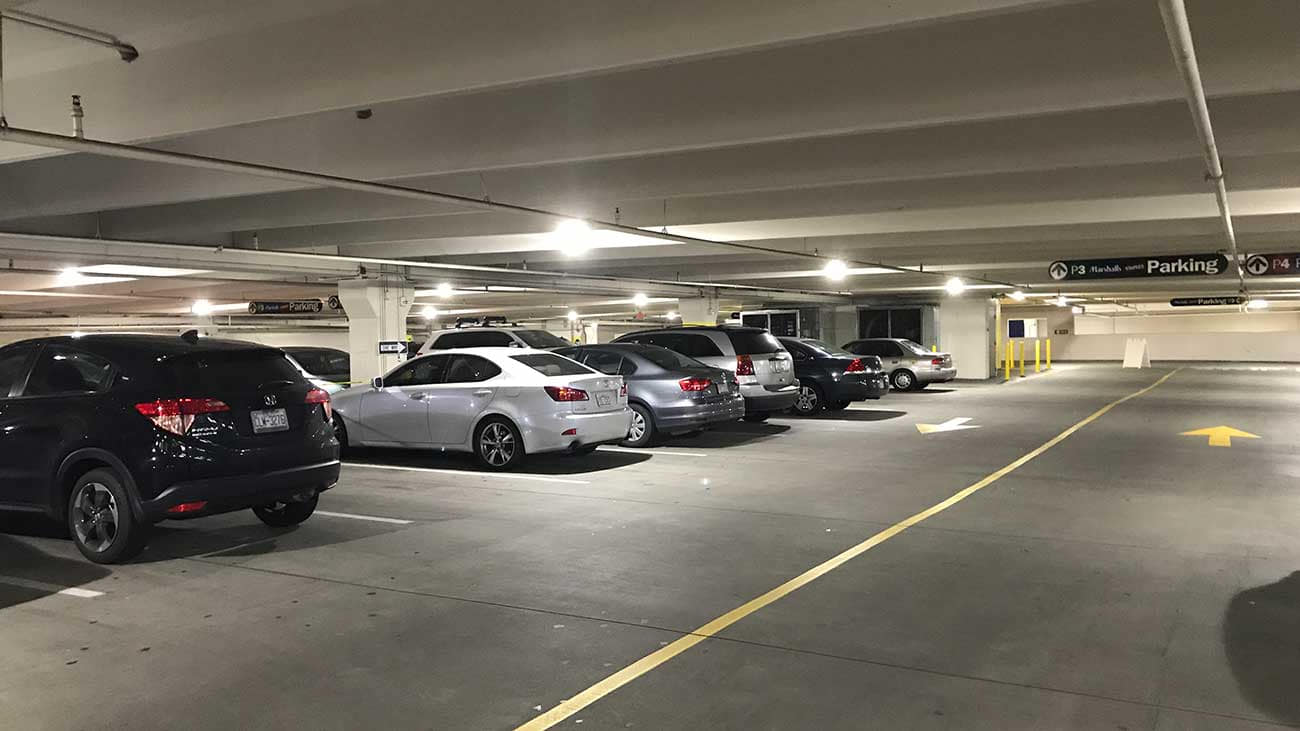The second quarter of 2023 witnessed significant developments in the apartment market, as revealed by the latest performance report. This research article aims to provide an in-depth analysis of the apartment demand, absorption figures, occupancy rates, rent growth, and supply dynamics during this period.
The report sheds light on the current state of the market, comparing it to long-term trends and identifying key factors influencing its performance.
Apartment Demand and Absorption
According to data from market analytics, the U.S. apartment market experienced positive quarterly absorption, with approximately 84,000 units absorbed in the second quarter of 2023. This figure represents the highest quarterly absorption since the first quarter of 2022, which saw unusually strong absorption levels.
However, despite this improvement, the second quarter of 2023's absorption only reached 60% of the average absorption throughout the 2010s decade.
Apartment demand indicators, such as leasing traffic, job growth, and income growth, support the notion of healthy demand. Renters are actively seeking new leases at a seasonally normal rate, and resident retention rates have balanced out, albeit slightly lower than the previous year's peak.
Consequently, the national occupancy rate for U.S. apartments stood at 94.7% in the second quarter of 2023, nearly in line with the 20-year average.
Supply Dynamics and Rent Growth
The increase in vacancy rates by 2.1% over the past 12 months can be attributed to a surge in new construction. Around 108,000 new apartment units were added to the market between April and June, resulting in a trailing 12-month total of approximately 368,000 units. The availability of more units has provided renters with a wider selection, contributing to the increase in vacancy rates.
Despite the recent surge in supply, quarterly rent growth in the second quarter of 2023 reached around 1.1% across the nation. This marks an improvement compared to the previous two quarters when rents contracted by approximately 1.2% on aggregate.
However, it is important to note that the second quarter's rent growth remains lower than the 20-year average of 1.6%.
Long-Term Trends and Market Rebalancing
Over the past decade, the U.S. apartment market experienced demand consistently outpacing supply, resulting in rent growth averaging around 3.5% year-over-year. However, in the second quarter of 2023, rents only grew by 2.3% year-over-year, the lowest growth rate since the third quarter of 2010, excluding the brief disruption caused by the pandemic.
This current phase in the real estate cycle represents a unique challenge. The significant increase in new supply is influencing market performance, aligning the balance between supply and demand.
While short-term challenges may arise due to the abundance of new units, this rebalancing is expected to benefit the long-term health of the market.
Localized Instances and Market Variances
Although the overall market shows signs of rebalancing, localized instances of oversupply exist in certain markets. Some regions experiencing an influx of new supply and declining demand have witnessed rent contraction.
Factors such as slowing job growth and changing migration patterns contribute to these market variances. However, it is important to note that these examples are relatively isolated, accounting for only 11% of the nation's 150 largest apartment markets.
Conclusion
The second quarter of 2023 witnessed improvements in apartment demand and absorption, indicating a healthier market compared to previous quarters. Although the increase in vacancy rates and the surge in new construction have influenced rent growth, the overall rental market remains resilient.
The market's current phase represents a necessary rebalancing between supply and demand, which will contribute to its long-term stability.





